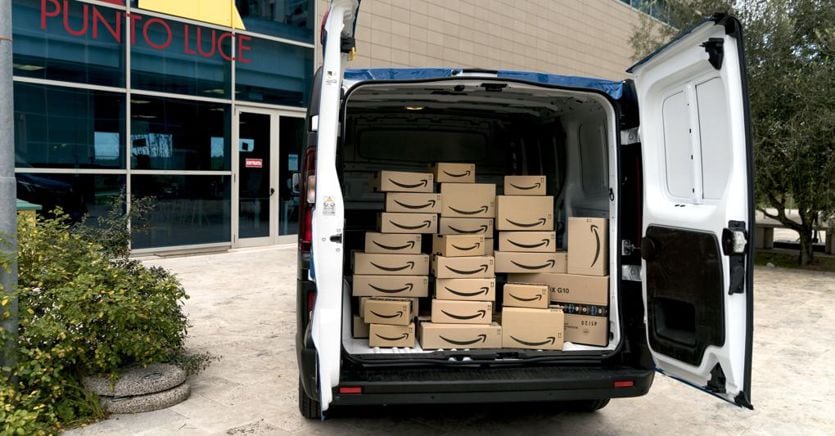The second year of the pandemic is driving ecommerce whose value grows by a fifth compared to 2020 and is close to 40 billion. Sales of the platforms reach 39.4 billion but what is impressive is the increase with a + 21% that has not been seen for over five years. The first part of the year with the months of lockdown saw an increase in purchases of physical goods while the progressive relaxation of restrictions and the desire to return to travel made the services component recover after the heavy thud (-52%) of 2020. This is the rebound of 36% of services ranging from insurance to tickets for trains and airplanes to reservations for all types of accommodation facilities.
This year, moreover, the share of ecommerce conquers 10% of total online sales, indirectly confirming how it has now become a pervasive phenomenon. This is what emerges from the latest edition of the B2c ecommerce Observatory of the School of Management of the Politecnico di Milano and from Netcomm entitled “Ecommerce B2c: the future of retail begins here”. Alessandro Perego, scientific director of the digital innovation observatories underlines how «even in connection with the health emergency, ecommerce plays an increasingly important role in defining the retail development plan, in our country and in the rest of the world – he explains-. Not only have purchasing behaviors changed, but the awareness of retailers has also matured on the indispensability of planning a sales and relationship path based on integration and collaboration between physical and online channels “.
An evolution in which the pandemic has indirectly played a key role. “If we think that before the health emergency 70% of retailers and wholesalers were not organized for online sales, we understand how the emergency marked a real explosion of ecommerce – says Roberto Liscia, president of Netcomm – light the importance of the digital transformation that has stimulated producers, retailers and the entire retail sector to open new online sales channels to adopt new omnichannel commerce solutions ». Radical changes that must be compared with the market shares conquered by the platforms. “The penetration of physical goods this year goes to 10% from 9% in 2020. A slightly lower growth compared to the 3 percentage points recorded between 2019 and 2020. Instead, the services component this year goes from 10% to ‘11% »reports Valentina Pontiggia, director of the B2c ecommerce Observatory.
The Milanese university’s School of Management team also sought to identify how online sales trends would have grown without the health emergency. In this simulation, the average annual growth rate in the 2016-2019 period was used, both for the product component (+ 23%) and for the service component (+ 8%). B2c ecommerce in 2020 would have reached 36.6 billion in 2020 in the simulation, against the 32.5 actually registered and this year 42.9 billion. On the one hand, the collapse of the “tourism and transport” sector due to government bans is weighing, while the long months of lockdown have given wings to purchases in the “food & grocery” sector.
Then there is the crux of the integration between platforms and the physical channel. In recent times, in this area, medium-small commercial realities have also been competing alongside SMEs after the phase of orders received via whatsapp in spring 2020 because they have seized the potential of this new channel. «Today ecommerce is the bearer of new balances and new methods of interaction and sales that are spreading to all commerce, even physical – continues Valentina Pontiggia -. Clear examples are the development of digital and biometric payments, one-to-one marketing, product personalization, targeted cross and up selling and the possibility of decoupling the moment of sale from that of possession. For our country this is an important signal: ecommerce is reaching a level of diffusion that suggests a continuous, albeit gradual, process of integration between offline and online ».
